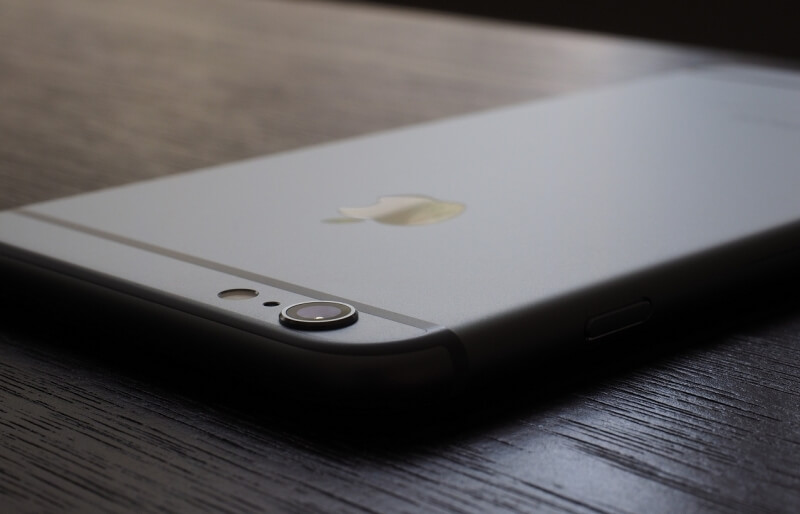A growing number of iPhone 6 and 6 Plus users are reporting a manufacturing issue that results in a flickering gray bar at the top of the phones' display and an unresponsive touch screen, leaving the devices inoperable.
The problem, which is being called "Touch disease," isn't some new software issue; it's a hardware problem that's related to Bendgate. For those who don't know, this was the name given to the phenomenon where the iPhone 6 and 6 Plus unintentionally bent while performing ordinary tasks such as being carried in a pocket - an issue Apple fixed in the next generation of iPhones.
"But the fact remains---compared to earlier iPhone models, the iPhone 6/6+ is kind of a 'bendy' phone. Its slim form factor and larger surface area subject the logic board within the phone to mechanical flexion pressure that no other iPhone has had to deal with," said microsoldering repair specialist Jessa Jones.
It's this bendability that causes the touch controller chip's soldering to eventually crack and start to lose contact with the board; a problem that's made worse through dropping and rough handling.
"At first, there may be no defect at all. Later you might notice that the screen is sometimes unresponsive, but it is quick to come back with a hard reset," Jessa explains. "As the crack deepens into a full separation of the chip-board bond, the periods of no touch function become more frequent."
Despite numerous complaints on Apple's support forums, the company doesn't seem to be doing anything about Touch disease and has yet to acknowledge it officially. One user claims an Apple tech told him his only option was to buy a new phone, as the old one was out of warranty.
"This issue is widespread enough that I feel like almost every iPhone 6 or 6 Plus has a touch of it (no pun intended) and are like ticking bombs just waiting to act up," Jason Villmer, owner of repair shop STS Telecom, told iFixit.
Jones said the only permanent fix to the problem is to buy a new phone or replace the affected device's logic board - both expensive options. Alternatively, you could find someone who can replace both touchscreen integrated circuits on the board, which should be cheaper.
Check out the full iFixit interview with Jones in the video below.
